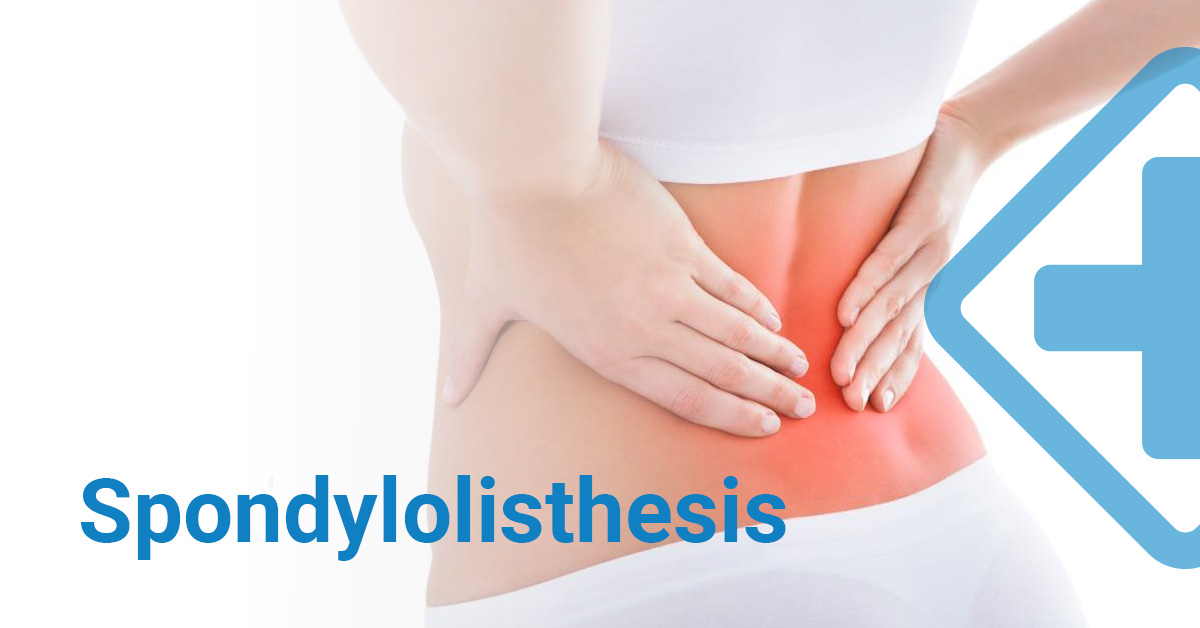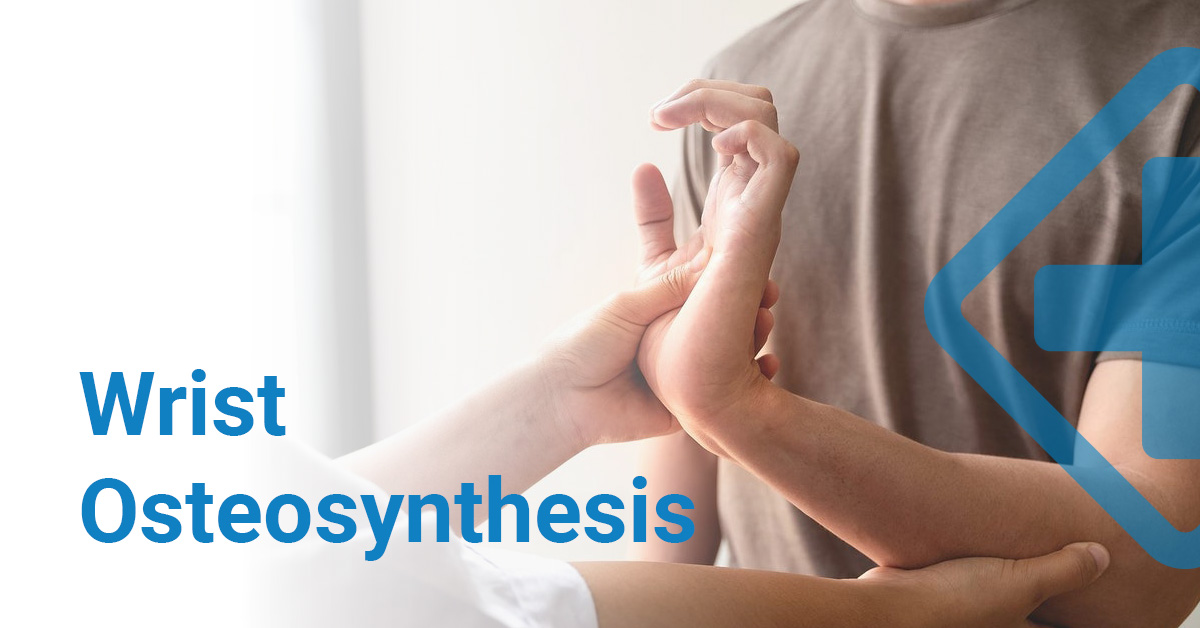
Shoulder Arthroscopy
The minimally invasive surgical technique allows to diagnose and treat joint problems.

Shoulder Arthroscopy is a technique for diagnosing and treating joint problems. The surgeon inserts a small hole connected to a fiber-optic video camera through a small incision the size of a hole.
The image located within the joint is transmitted to a high-definition video monitor.
Using Arthroscopy, the surgeon can see the inside of the joint without making a large incision. Surgeons can fix certain types of joint damage during arthroscopy by using thin pencil-shaped surgical instruments inserted into additional small incisions.
Doctors use Arthroscopy to diagnose and treat a variety of joint diseases, plus functions that address the following parts:
Diagnostic procedures
When doubts about the diagnosis cannot be resolved with x-rays and other imaging tests, doctors often resort to arthroscopy.
Surgical procedures
The following are the most common arthroscopically treated conditions:
-
Joint scars
-
Damaged or torn cartilage
-
Loose bone fragments
-
Inflammation of the lining of the joint
-
Inflamed joint linings
-
Torn ligaments
Risk Factors
Arthroscopy is a very safe procedure, and complications are rare. Problems can include the following:
-
Blood clots. Sometimes, procedures that take more than an hour can increase the risk of blood clots forming in the legs or lungs
-
Nerve or tissue damage: The placement and movement of instruments within the joint can cause damage to the structures of the joint
-
Infection
How to prepare?
Preparation will depend on the joints that the surgeon will examine and fix.
Following are some of the things that you should take into account.
-
Avoid certain medications. Your doctor may ask you to avoid taking certain medications or dietary supplements, as they increase bleeding risk
-
Fast ahead of time. Depending on the type of anesthesia you are given, your doctor will ask you to avoid solid foods eight hours before the operation
-
Make sure someone can take you home
-
Wear loose, comfortable clothing so that you can easily dress after the operation
During the procedure
-
The surgeon inserts the arthroscope into the shoulder through a small incision. The arthroscope is connected to a video monitor in the operating room
-
All the tissues of the shoulder joint are checked to see that they are above the common. These tissues include cartilage, bones, tendons, and ligaments
-
All damaged tissues are repaired. The surgeon makes 1 to 3 smaller incisions through which other instruments can be inserted. Repair torn muscles, tendons, or cartilage. All damaged tissue is removed
The surgeon may do one or more of these procedures during the procedure.
Rotator cuff repair:
-
The edges of the muscles come together. The tendon is attached to the bone with sutures
-
Suture anchors are often used to help secure the tendon to the bone
-
Anchors can be made of metal or plastic and do not need to be removed after surgery
Surgery for impingement syndrome:
-
Damaged or inflamed tissue should be cleaned above the shoulder joint.
-
The coracoacromial (ligament) can tear
-
The lower part of the bone, known as the acromion, is shaved. The spur (bone tumor) in the lower area of the acromion usually causes impingement syndrome. The stimulus may cause inflammation and pain in the shoulder
Surgery for instability of the shoulder joint:
-
If there is a tear in the glenoid rim, your surgeon will repair it. The cartilage that lines the edge of the shoulder joint is the glenoid ridge.
-
The ligaments connected to this area will also be repaired.
-
A Bankart injury is a tear in the superior glenoid rim at the bottom of a male joint.
-
Anteroposterior injuries of the superior glenoid rim involve the glenoid rim and the ligament at the shoulder joint's top.
The Orthopedic Surgeon or Traumatologist are the specialists in performing this type of procedure; they will evaluate the affected area.
If you have severe shoulder pain, or you suffered an accident that you believe could have harmed your shoulder, you should go to the emergency room. You can go directly to the BlueNetHospitals Emergency room in Los Cabos or call an ambulance at (624) 104 3911.
When consulting your doctor, we recommend keeping a record of your pain with a detailed description of the symptoms, duration, and what you think triggered them. Also, mention any medications you are taking.
BlueNetHospitals - Hospital Los Cabos
BlueNet Hospitals.
Health Library
Orthopedics and Traumatology

Hip Dysplasia
The symptoms of hip dysplasia vary depending on the individual's age
Osteoarthritis
Osteoarthritis is a disease that affects the joints in the body.
Kyphosis or Scheuermann’s disease
Causes, Symptoms, Diagnosis and Treatment. Schedule your appointment at BlueNetHospitals
Wrist Ostheosynthesis
Surgery performed to help relieve pain and improve mobility and function in severely damaged wrist joints. Schedule your Appointment Today.
- Do You Need an Appointment with a Specialist?
- call us
- write us
- let's talk





